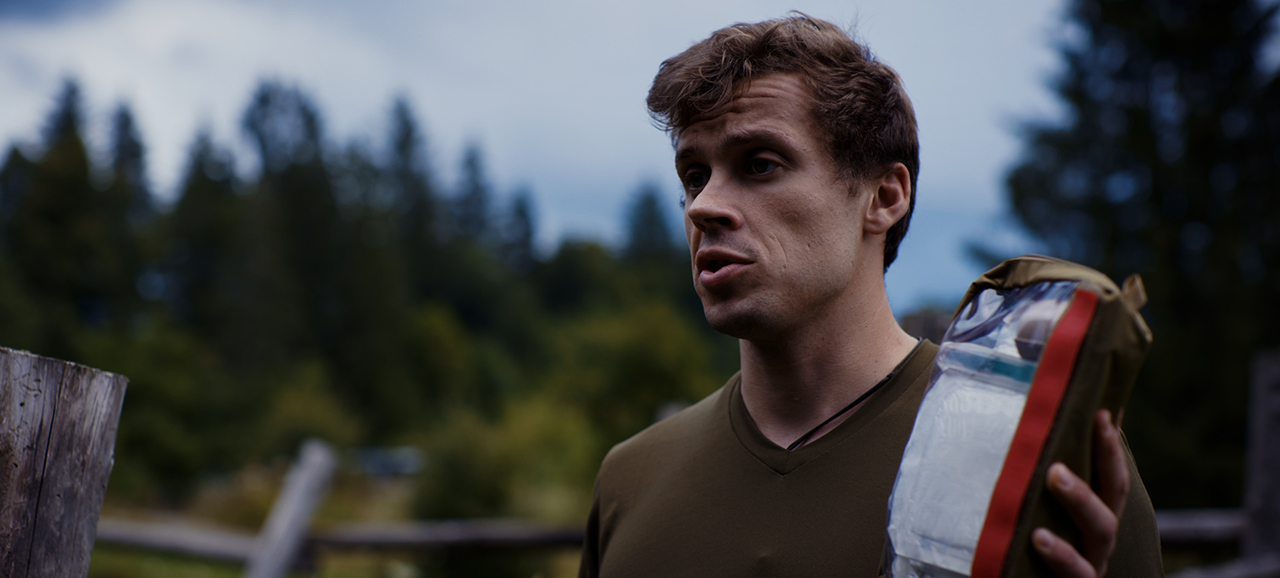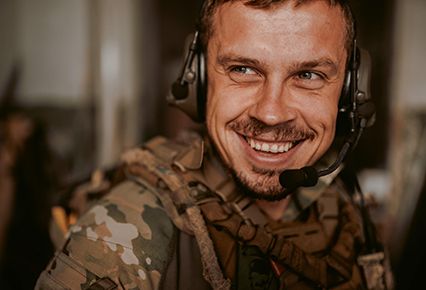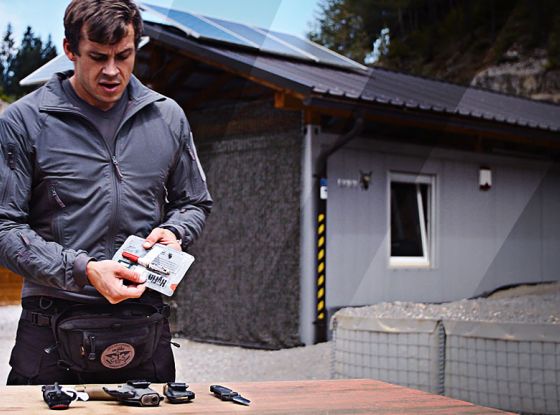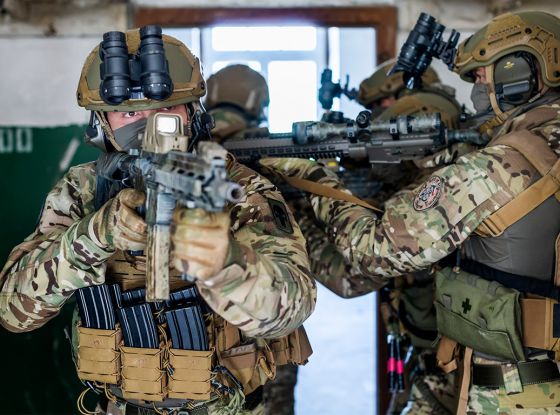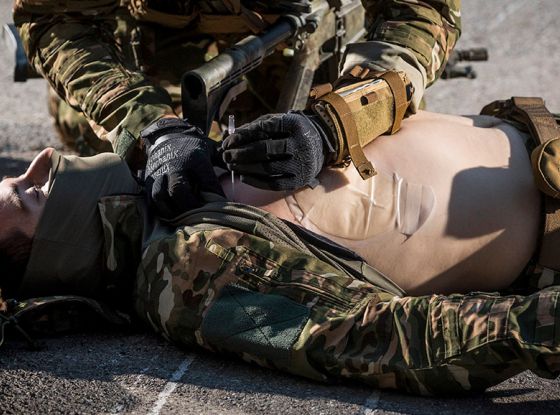Preppers and survivalists know it’s impossible to plan for every scenario, just as no military plan ever survives contact with the enemy. So, don't fool yourself into thinking you’re prepared for everything. You never will be. It’s impossible for the reason that there are too many variables to consider. Circumstances can work against you—one minute you’re facing a nuclear disaster, the next it’s a biological or chemical threat, or something dealing with the environment, or even just the changing of seasons. And not to mention zombies.
What’s in this Blog post?
Introduction
You being prepared for an emergency that involves you is one thing. You being prepared to respond when the medical emergency involves family members, friends, and neighbors is something else entirely.
The thing to remember no matter what is that you must try to do the best with the best of whatever’s at hand (and hope you aren't too drunk when disaster strikes).
The first and most important thing to have in your arsenal is knowledge. You have an advantage when it comes to knowledge if you are or were in the military. If not, I recommend you do your patriotic duty and sign up for boot camp. Complete boot camp if you can, but while you’re in it at least try different courses, such as those involving shooting, tracking, navigation, survival skills, or—as is relevant to the topic of today’s post—field medicine.
Now, a word of caution here. This is not a full-blown “doomsday prepper post” that you’re reading. But it is food for thought. It’s information to consider for staging a medical response at home if there’s a serious accident, survival situation or, worse, a disaster.
My thinking with this post is that you should prepare for a disaster so that you and those under your protection can survive. I’m not in favor of full-blown disaster prepping because being that intense a prepper means you are not living your life. How can you if you’re constantly looking over your shoulder, expecting disaster at any moment?
In my opinion, you’re doing it wrong if you’re prepping to survive but not living your life. There is a thin line that separates paranoia from preparedness, and you need to be on the right side of that line.
In the remainder of this post, I’ll illustrate the basics of home medical preparedness with essential medic kits, survival kits and emergency supplies (with just a touch of paranoia tossed in).
Watch the video on this topic on our YouTube channel.
When Disaster Strikes: First Steps
When disaster strikes, it’s very likely that, straight off the bat, your home will be without water or electric services. Because what happens in a disaster is the systems that bring water and power into your home almost immediately shut down.
This is where your “Making BeepBeeps Bag” (which we discussed in an earlier post) can come in handy. As combat medics, we are taught to always make sure the scene is safe. However, nothing makes a scene safer than a well-stocked arsenal.
The next thing that usually happens in a disaster is looting and rioting. So, you need to devise a plan for when mobs show up on your street, start smashing windows, breaking down doors, and coming inside to steal your food and possessions.
Once you formulate this plan, make sure your family and community are familiar with it.
Related to that plan, a question you’ll need to ask yourself and answer is “Will you run or will you defend your castle?”
If you choose to stand your ground and defend, the best place to position yourself is on the roof because, from there, you can see in all directions what’s transpring and know where to focus your actionn. This reduces your risk being overrun by a band of marauders (one of the worst case scenarios).
Always take a realistic approach in response to a shutdown of basic utilities in the wake of a disaster (like the one we had earlier this year, for example).
Don't panic. Be smart about how and where you gather emergency supplies, such as food and water. Don’t buy excessive amounts of toilet paper. Don’t overstock.
- Store foods that will last a long time. But also store foods you enjoy eating. While a lot of preppers prefer to stock up on MREs (because it’s so easy to do), many find those rations hard on the digestive system (so, MREs might not be the best idea).
- Have on hand at least a three-day supply of food and water. Again, don’t go overboard.
We’ve covered protection, food, and water. Now we move on to the part about medicine.
Medic Bag Essentials for Home
In our video series, “How to Pack a Medic Bag,” we talked about how you should have available for field use the kinds of medical equipment or aid kit that can pull double-duty as the contents of a trauma-oriented direct-action bag. But in this post we’re discussing home-use combat medic bags.
Does the trauma-oriented direct-action bag rule of thumb apply to the bag you keep at home? Sort of. Normally, you won’t be dealing with extreme trauma cases in your household. Things you normally will be dealing with include burns, cuts, scrapes, broken bones, and twisted ankles. It’s for those common home injuries that you should prepare.
And here’s another tip. Pack only those items you know how to use. It might look cool to stuff your bag with hard-core medical gear, but it doesn’t help the victim any if you don't know how to use those pieces in your bug out bag. Carry only what you’ve mastered.
My recommendations for home-use combat medic gear include:
- Isopropyl alcohol (for disinfecting wound sites)
- Saline solution (for washing wounds; this is optional because you can instead use clean water)
- Combat-grade gauze (to help maintain wound-site cleanliness)
- BandAids
- Scalpel
- Bandages
- Sam splints (these are inexpensive and multipurpose, suitable for use on humans and animals alike; alternatively, you can employ any long, narrow, rigid object as a splint substitute)
- Cravats (a super-versatile item useful for improvised splinting, bandaging, and other needs; great as a large-area overlay above a smaller burn shield or watergel if you’d rather not improvise with Saran Wrap)
- Scissors (makes it easier to cut bandages down to a desired size and to remove clothing that prevents access to an injury or wound site)
- Prescription drugs cheat-sheet (you’ll want to make this part of your arsenal so that even a layman can reach into your bag and produce the right drugs to help you if, for example, you’re a diabetic and they find you slumped over and unconscious)
- Batteries (never let your wife’s toys run out of power)
- Candles (for use when the lights go out and your batteries are dead because your wife had too much fun with her toys)

Next, I’m going to list items that you should include for minor trauma or for when you’ve been stupid.
- Condoms (do I really need to say why?)
- Hand sanitizer (to prevent infection)
- Tampons (for menstrual bleeding)
- Pain relievers (such as aspirin, ibuprofen, acetaminophen)
- Fever reducers (again aspirin, ibuprofen, acetaminophen)
- Antihistamines (for allergy relief)
- Antibiotic cream (for nasty scrapes)
- Antiacids (for digestive system problems caused by those MREs I warned you about)
- Electrolytes (for rehydration, but make sure it’s stuff with some taste to it and not just water with salt added)
- Swelling control (to help cool a sprain)
- Topical anti-inflammatory cream (to relieve muscle soreness)
- Medications vital for you or a family member (so you can deal on-the-spot with asthma episodes, heart problems, diabetes, and other conditions—because, during an emergency, you may not be able to run out to the pharmacy to pick up those needed medications)
- Cheat-sheet for those vital medications (refer to my recommendation in the previous list)
Conclusion
These combat medic bag essentials for your home are not so much intended to see you safely through an all-out zombie apocalypse. Rather, they are intended to prevent you from turning into a snowflake who, in response to every minor injury, calls for an ambulance or runs off to the emergency room.
Look, you’re a grown person who should know the basics and be able to treat the basics by yourself. All the better if you are a combat medic (or have been trained as one). Either way, please watch our previous videos so you can learn (or be reminded) about combat medic bags in general and set the stage to be extra prepared given your particular skill set.
Home-use combat medic bags are about being independent and strong. They’re also about making sure you have at your side and accessible at a moment’s notice the right medical gear for dealing with a spectrum of injuries.
But the most important thing is knowledge. Because knowledge is power!

